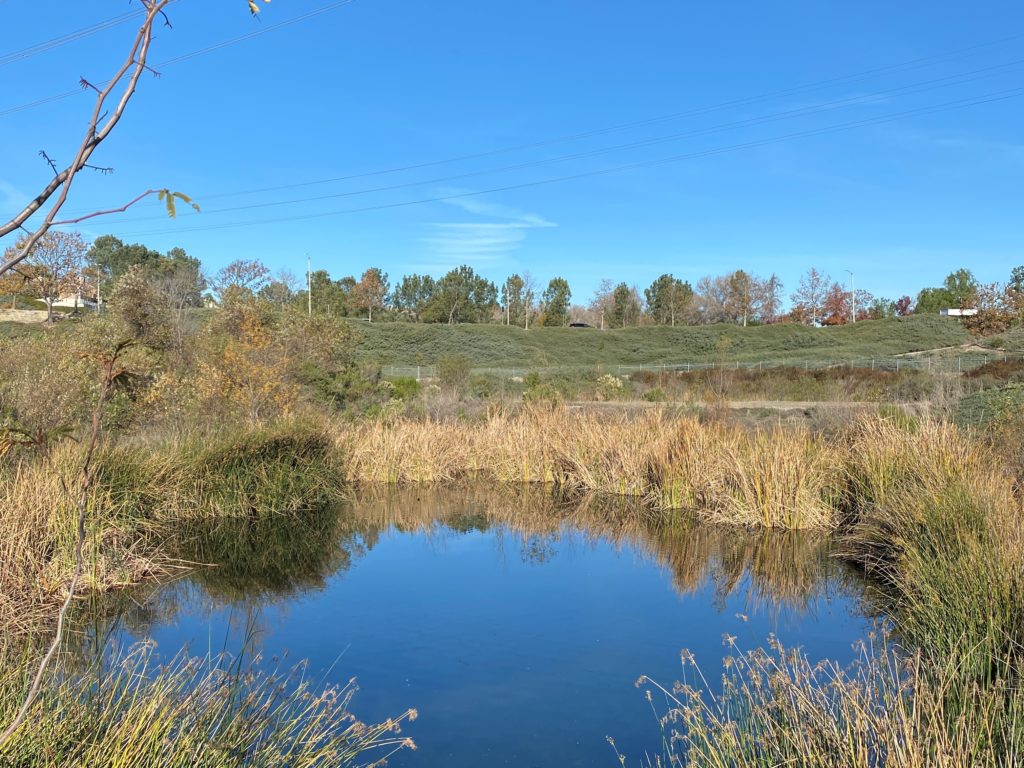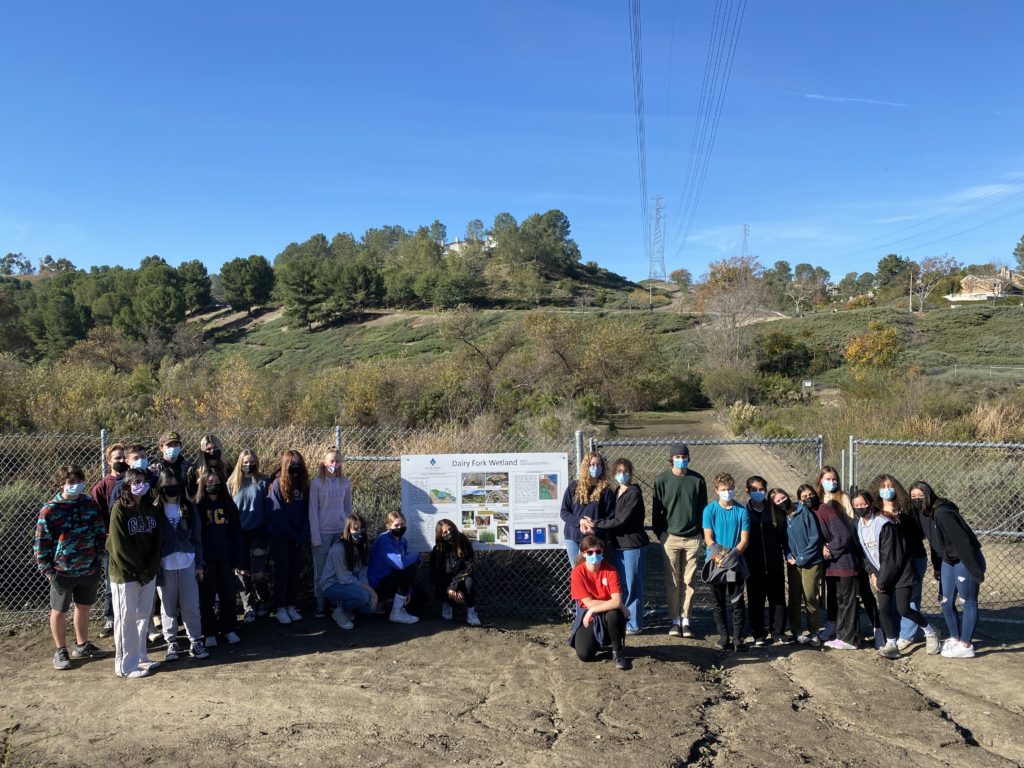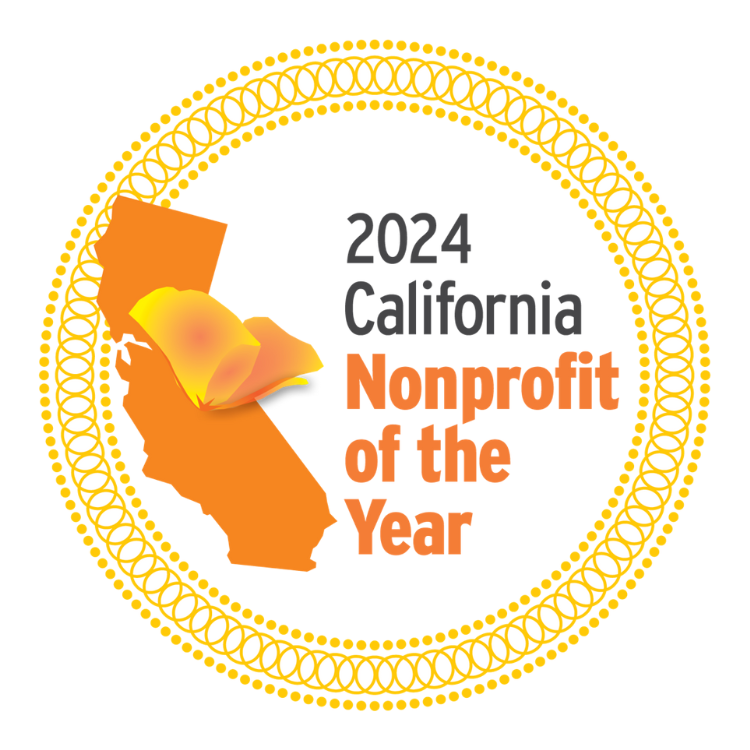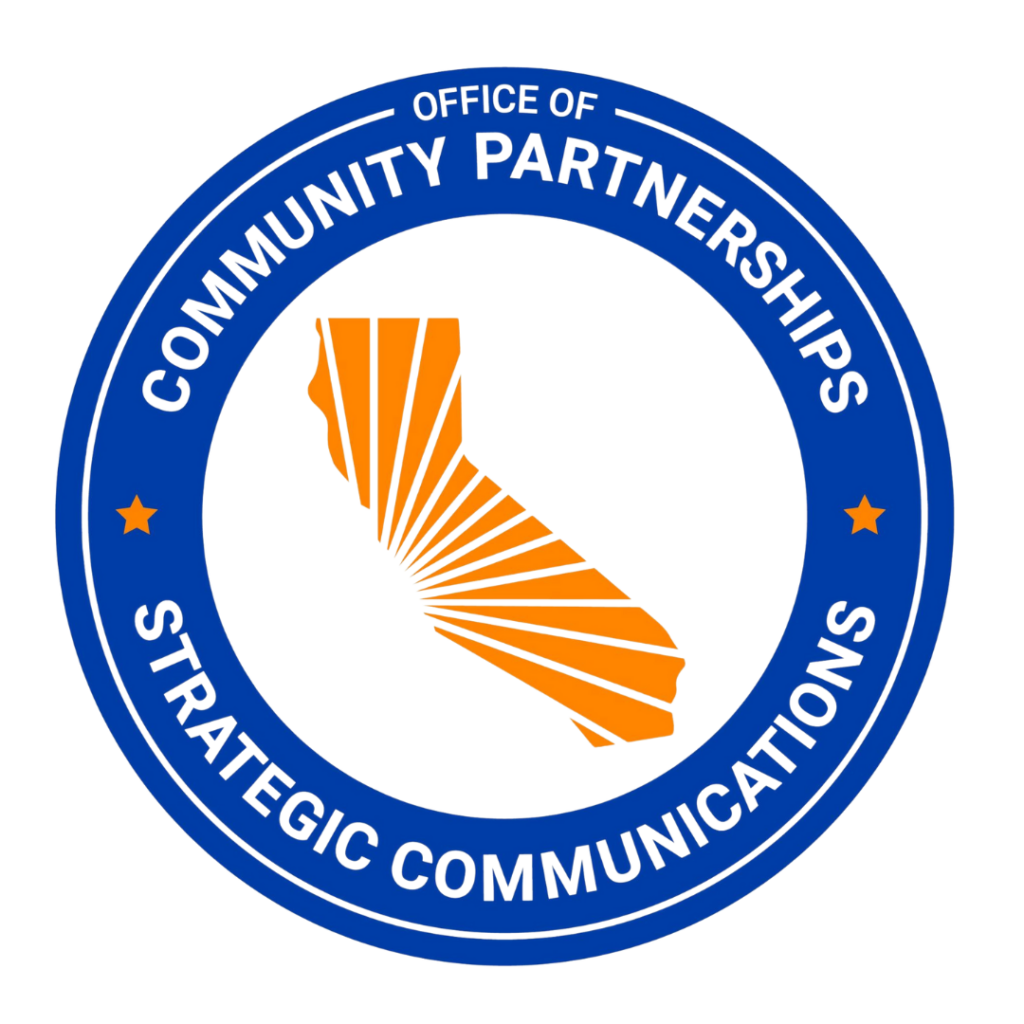In the densely urbanized Orange County, our watersheds are constantly subjected to urban runoff pollution. From nutrients and bacteria to heavy metals and trash, it is hard to find a waterway that is not classified as “impaired.” Now, each watershed is special in its own right; they all have different issues and require unique and innovative solutions.
Biomimicry is the imitation of natural systems and processes to solve human problems. After all, nature has had millions of years to get things just right, so we might as well avoid reinventing the wheel. When it comes to keeping water clean and healthy, nature devised a system that cost-effectively filters and processes pollutants: wetlands. That system is exactly what the City of Aliso Viejo and other stakeholders implemented to solve the problem of poor water quality in the Aliso Creek watershed.
As part of the South Orange County Watershed Management Area Plan, the City has constructed a series of fabricated wetlands designed to treat urban runoff and stormwater before it reaches Aliso Creek. Thanks to the support of Moulton Niguel Water District, which shares a mission of water conservation, Coastkeeper was able to take WHALES students from Mission Viejo High School on a tour of one of these wetlands – the Dairy Fork Wetlands. Special thanks to the City of Aliso Viejo for giving our students a tour of the wetlands!

Located on the corner of Moulton Parkway and Aliso Viejo Parkway, this series of ponds works to naturally treat urban runoff from 1,500 acres of residential and commercial areas with the cities of Aliso Viejo, Lake Forest, Laguna Hills, and Laguna Woods. This award-winning project includes habitat restoration that not only naturally treats pollutants but acts as an oasis in a concrete desert for native flora and fauna. The exploration of this project provided the students with an example of a real-world application of concepts they have been learning about in their AP Environmental Science course, such as natural treatment systems, biogeochemical cycles, and sustainability.
If you’d like to learn more about our education programs and the activities our students participate in, visit our website. We’re huge fans of biomimicry here at Coastkeeper! Check out our Living Shorelines project for another example of this cool technology.







